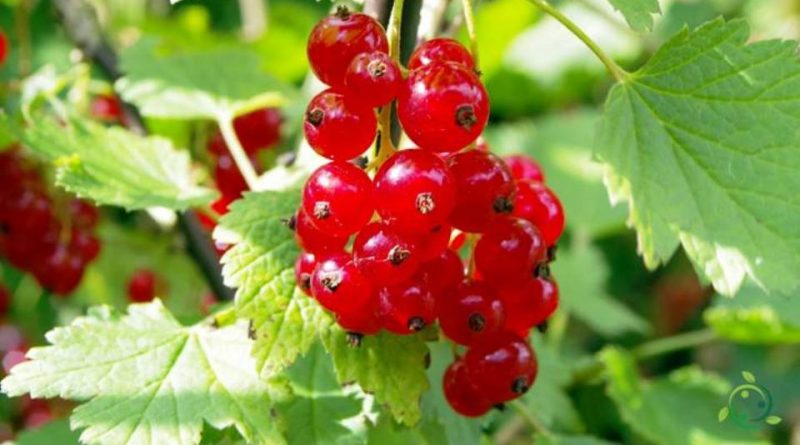How red currant propagates
How red currant propagates
Red currant (Ribes rubrum L.) is a plant of the Grossulariaceae family and native to an area that includes temperate Europe, from France to Ukraine.
The red currant plant like the others of the same genus can be reproduced by seed and by agamic propagation, by cutting.
Propagation by seed usually takes place in family gardens and above all to obtain genetic variability on which to work to create new cultivars with particular characteristics. In production plants it is less used both because the plant enters production later but also because plants with different characteristics from the mother plant are obtained.
For this reason the propagation technique by cuttings is preferred in the production field.
Propagation by cuttings –
Cuttings of red currant prepare in the autumn period. In this period, the cuttings must be taken from the 2-3 year old plants, from the branches of the year, with a length of 20-25 cm.
The collection should be done by clean cutting with well disinfected scissors or shears to avoid spreading fungal or other diseases.
After harvesting, the cuttings are put to root in pots containing moist and soft substrates where they are buried for half their length.
Remember that the soil must always be kept moist throughout the rooting period.
In addition to this technique, rooting hormones can be used (also prepared by hand) in which the cuttings must be immersed before inserting them into the rooting substrate.
Remember that for red currants the cuttings will take a few months to root well and it will take two years to give life to a new plant that is ready for transplanting.
Plant –
Once the rooted plants are obtained, the transplant is carried out in rows 2.5-3 m apart between the rows and 1.5-1.8 m on the row. The crop requires a summary control of the weeds through two or three weeding of the inter-row that keep the weeds below the harvest horizon which is generally quite high. Except for particular conditions, it does not require irrigation.
The red currant enters full production in the fourth-fifth year and remains economically viable for ten to twelve years, reaching productions of 70-100 quintals per hectare.
For the details of the cultivation technique, see the following sheet.
As for the red currant cultivars, these are quite numerous and all of foreign origin, but which adapt well to our conditions.
Among the many, we remember: Junnifer (French, vigorous, productive sensitive to late frosts); Perfection (Dutch, very productive); Cocagne (French, very cold resistant, with persistent bunches that are easy to pick by hand); Red Lake (American, very productive and of medium vigor, suitable for direct consumption); Stanza (Dutch, with long clusters, deep red fruits of excellent quality); Rondom (Dutch, rustic, with very compact clusters, easy to harvest because they have a long peduncle, suitable for the processing industry); Rovada (Dutch, suitable for direct consumption and for industry, with long and easy-to-harvest clusters, large, bright and excellent quality berries); Versailles (with long clusters, yellow berries and delicate flavor).

